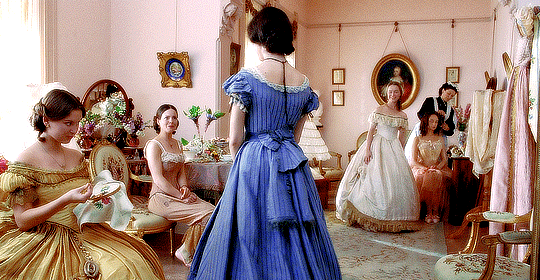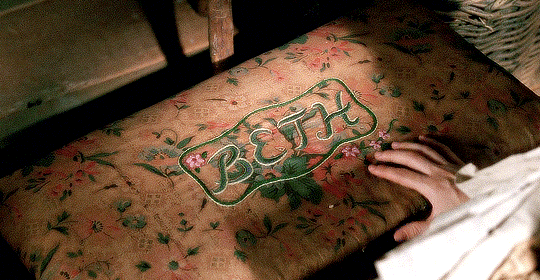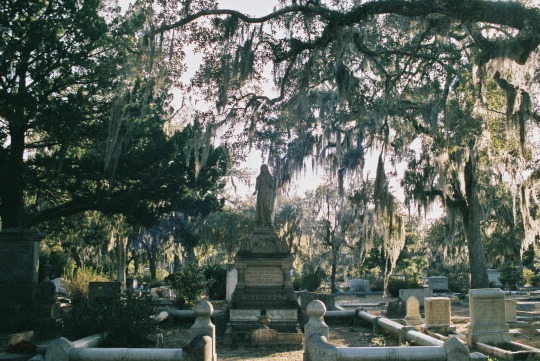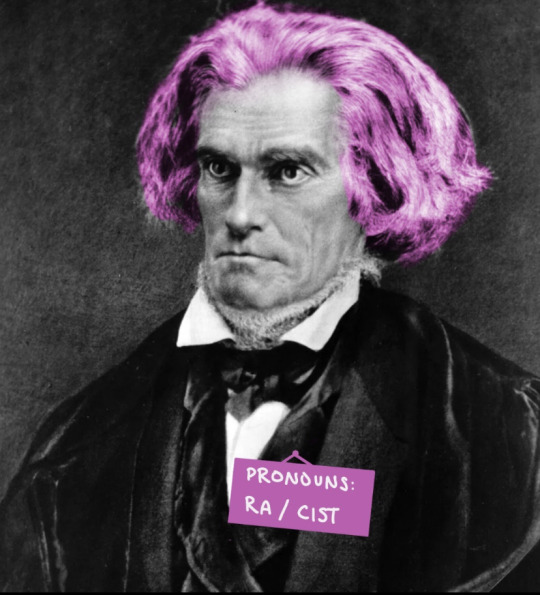#antebellum and civil war
Explore tagged Tumblr posts
Photo
This is my number one Christmas comfort movie ❤️







PERIOD DRAMA APPRECIATION WEEK 2023 [July 3rd to July 9th] Day 5: Favorite period drama film
#little women#movies#gifs#19th century#late modern#antebellum and civil war#north america#period drama
1K notes
·
View notes
Text
New York Whigs
Seward and Weed and Greeley back in 1838



They got a Brutus!Greeley/Caesar!Seward for the election of 1860 so I drew heheh



Then a non-relevant Vidal Lincoln scene bc I dunno when to post this fheidhwhcgd

#19th century rpf#antebellum#american civil war#antebellum fandom#acw#acw fandom#william h seward#thurlow weed#horace greeley#abraham lincoln#mary todd lincoln
85 notes
·
View notes
Text






Bonaventure Cemetery
Savannah, Georgia
#Georgia#film photography#35mm#analogue#photographers on tumblr#original photography#southern goth aesthetic#southern gothic#cemetery#Savannah#bonaventure cemetery#spanish moss#oak trees#abandoned#civil war#antebellum south#antebellum era#spooky#old growth forest#reclaimed by nature
949 notes
·
View notes
Text
130 notes
·
View notes
Text




???????????
#art#george washington#andrew jackson#abraham lincoln#jefferson davis#人外#???#amrev#american civil war#antebellum
29 notes
·
View notes
Text

Deeply unserious app
26 notes
·
View notes
Note
Random: what is your theory on why America went through a series of one-term Presidents in the 19th century? Some of them look pretty lame.
It was a combination of reasons. First of all, some of them were pretty lame. But, to be fair, the 19th Century was pretty difficult time to be President of the United States with the nation spiraling towards Civil War and then trying to put itself back together during Reconstruction. All of those guys faced pretty long odds, no matter how qualified some of them were.
But if you just look at the 52 years between the 1836 election of Martin Van Buren and the 1888 election of Benjamin Harrison, there were SIXTEEN different Presidents, and none of those Presidents served two full terms other than Ulysses S. Grant (Cleveland won the 1884 election, lost the 1888 election, and was elected to a non-consecutive second term in 1892). So there were more Presidents in those 52 years than there have been since World War II. Part of that reason was because a quarter of them died in office. Those who assumed the Presidency from the Vice Presidency weren't in a strong enough position to claim the nomination for terms in their own right. And several of the Presidents during that time period either pledged to serve only one term, decided against making a serious bid for a second term, or simply couldn't win either the nomination or their re-election campaigns •Martin Van Buren: Elected in 1836, lost re-election bid in 1840 •William Henry Harrison: Elected in 1840, died in office •John Tyler: Succeeded from VP, basically kicked out his political party and denied a path to nomination •James K. Polk: Elected in 1844, pledged to serve only one term •Zachary Taylor: Elected in 1848, died in office •Millard Fillmore: Succeeded from VP, lost bid for nomination in 1852 •Franklin Pierce: Elected in 1852, not renominated by party •James Buchanan: Elected in 1856, not a candidate for re-election •Abraham Lincoln: Elected in 1860 & 1864, assassinated one month into second term •Andrew Johnson: Succeeded from VP, denied renomination •Ulysses S. Grant: Served two full terms •Rutherford B. Hayes: Elected in 1876, pledged to serve only one term •James A. Garfield: Elected in 1880, assassinated •Chester A. Arthur: Succeeded from VP, not a serious candidate for nomination in 1884 because of failing health •Grover Cleveland: Elected in 1884, lost re-election bid in 1888, elected to non-consecutive second term in 1892 •Benjamin Harrison: Elected in 1888, lost re-election bid in 1892
#Presidents#Presidency#History#Presidential History#Presidential Candidates#One-term Presidents#Antebellum Period#Civil War Presidents#Civil War#Reconstruction#Reconstruction Presidents#Presidential Elections#Politics#Political History#Presidential Politics
21 notes
·
View notes
Note
Do you think they'd call this period in English history the Charles era or would it be more like the Post Second Elizbethian era?
Unclear. It didn't always go by monarch's name, in the past- sure, you had the Victorian era and the Georgian era before it, but you also have what we now call the Restoration era, and the sub-era of the Regency within Georgian, and the Tudor era named for a royal family rather than a specific monarch- though I have heard the term "Henrician" batted around for Henry VIII's reign. I still have to keep looking up what "Jacobean" comes from, because I always forget the exact explanation (James in Latin is Jacobeus, and the king was James I). I've also heard terms like "Thatcher-era," and of course after Edwardian you get periods named for historical events or attitudes on both sides of the pond: WWI, the Roaring Twenties, the Depression, WWII, etc.
(Shoutout to Regency for being extra-confusing: the literal English Regency was in the middle of stylistic/social period we use the term for. It was 1811-1820, but the aesthetics, media, and manners we think of as "Regency" span roughly the 1790s through 1830.)
Charles I's reign was called the Caroline or Carolean era, also from the Latin version of his name. So maybe, going by monarch's names, this is the second Caroline era?
#ask#anon#history#english history#era names are weird#here in the States it goes Pre-Columbian to Colonial to Revolutionary to Federal to Antebellum to Civil War to Reconstruction#to Gilded Age (can overlap with Reconstruction depending on the region and who you ask) to WWI and then it's mostly decades#with some micro-eras specific to us like the Progressive Era (1890s through 1920s I think?)#some people try to call the Federal era 'Jeffersonian' and there are a few other President's Name Terms like Reagan Era#and Bush Era#but those aren't very commonly used#and in practical parlance we say Georgian and Regancy and Victorian and Edwardian a lot#despite those technically not applying to us#*Regency
66 notes
·
View notes
Text





Got some baby salmon and daddy salmon
#19th century rpf#american civil war#antebellum#salmon p chase#kate chase sprague#kate chase#abraham lincoln#jay cooke#acw
40 notes
·
View notes
Text


ROBERT TODD LINCOLN at the Dedication Ceremony for the LINCOLN MEMORIAL, 1922, Colorized by Yours Truly.
10 notes
·
View notes
Text

i'm so obsessed w how nutty this dude was
john c calhoun rlly said imma b raciest until the end
#john c calhoun#american history#civil war#blue hair and pronouns#rlly pink hair but still#antebellum south#antebellum#american civil war
2 notes
·
View notes
Text
Canine
Abraham Lincoln and Mary Todd Lincoln, represented by dogs.

Abraham -> Great Dane Mary -> West Highland White Terrier (Inspired by this: https://www.tumblr.com/antebellumite/719903118836563968?source=share)
16 notes
·
View notes
Text
As requested by @lil-als, trolling presidents 11-20 on character ai by telling them I’m pregnant and they’re the father










#us history#us presidents#antebellum#american civil war#reconstruction#me and Rutherford had a whole convo sorry
24 notes
·
View notes
Text
In I863, Union troops blockaded the Atlantic coastline during the Civil War, making food and supplies scarce in the Confederate South. One Virginia slaveholder offered his scarce in the advice about how to survive the trying times and, at the same time, showcase his support and loyalty to the Confederacy.
He suggested that his brother "put [his] wife and mother on the smallest amount of food, [ and] kill dogs and old negroes if necessary to keep our army alive. " The sheer brutality of these remarks underscores the callousness with which some slaveholders viewed elderly slaves, who they perceived as costly and disposable.
-- The Mark of Slavery: Disability, Race, and Gender in Antebellum America
#the mark of slavery: disability race and gender in antebellum america#confederacy#the civil war#slavery
3 notes
·
View notes
Text
Fun fact, historically speaking congressmen did often live in the same boardinghouses in DC. There is a whole book on this topic going over the period leading up to the civil war and the inner lives of congressmen. Stories of these guys who would fight and argue all day in congress and then go to get a drink with them at the bar before going to sleep in the same boardinghouse. It’s called “Washington Brotherhood: Politics, Social Life and the Coming of the Civil War” by Rachel Shelden.
It’s a super interesting read that re-evaluates the core narrative of the decades leading up to the Civil War in Washington being hyper polarized and accelerating the coming war by looking at politicians personal lives and the times they worked together politically. It’s available to read on JSTOR.
It really digs into the idea of “official” political spaces that would be represented to their constituents through the news and “unofficial” political spaces behind closed doors, at bars, etc. where they did not have to worry about the public eye on them.
Its interesting to think about with how today their are no real “unofficial” spaces because the public eye is always on politicians.
While we should 100% be subsidizing housing in dc for congressmen as part of a general package to radically increase their compensation levels, we should also be doing it because we could build one gigantic apartment complex with 535 units and have every member living under the same roof.
Because the HOA for that building sounds delightful. It should be filmed.
5K notes
·
View notes
Text

From Gore Vidal Lincoln

48 notes
·
View notes